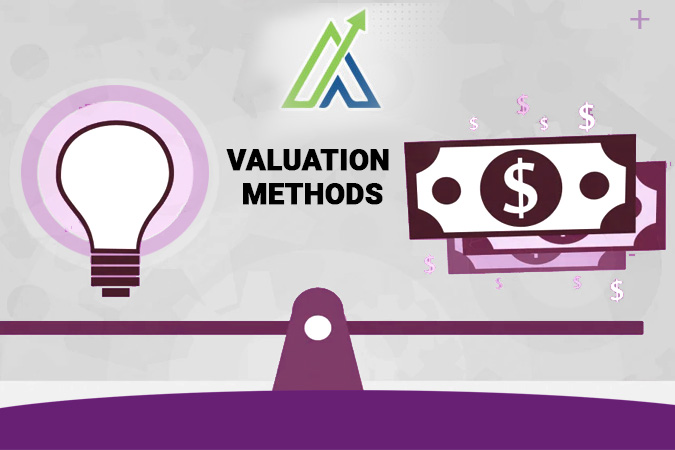When new assets are being acquired, it is important to determine the fair value of the acquired tangible assets. There are many methods through which assessment of current market value of an asset in India can be made. These methods are adopted in certain situations depending on the type of assets that are at the disposal of the organisation. Okay, let’s divide these methods into simple examples.
1. Market Approach
The market approach finds an asset’s value based on prices of similar assets in the market. It uses actual sales data as a benchmark.
Example: Imagine you’re valuing a commercial building in Mumbai. You’d look at what similar buildings in the area have sold for recently.
Use in India: This method works well in India’s real estate market, where there’s plenty of data on property sales. For example, to price a land plot in Gurgaon, check the recent sales of similar plots nearby.
2. Income Approach
The income approach values an asset based on its potential to earn money in the future. This is often used for things like rental properties or businesses.
Example: Think of a hotel chain wanting to buy a resort in Goa. They’d estimate future cash flows from the resort and then figure out what those are worth today.
Use in India: This method is common for valuing businesses and income-generating properties. For instance, if you’re buying a solar power plant, you’d forecast its future energy sales and calculate the present value.
3. Cost Approach
The cost approach values an asset based on how much it would cost to replace or reproduce it, minus depreciation.
Example: Say you’re valuing a custom-built factory in Pune. You’d consider the current cost to build a similar plant and adjust for depreciation.
Use in India: This works well for specialized industrial assets. For example, a pharma company buying a research lab would look at what it costs to build a similar lab today, factoring in equipment and infrastructure.
4. Discounted Cash Flow (DCF) Method
The DCF method values an asset by estimating its future cash flows and then discounting them to their present value.
Example: A tech company in Bengaluru looking at a startup would project future revenues and expenses, then discount those to today’s value.
Use in India: The DCF method is great for the tech and startup sectors, where growth potential is big. For example, investors might use DCF to value a fintech company, considering future market growth and revenue streams.
5. Comparable Company Analysis (CCA)
CCA compares the target company with similar publicly traded companies, looking at valuation multiples like P/E ratio, EV/EBITDA, etc.
Example: To value a mid-sized IT firm in Hyderabad, you’d compare it with listed IT companies of similar size and scope.
Use in India: This is common in sectors like IT and pharma. For instance, to value a software firm, you’d benchmark it against similar companies listed on the NSE.
6. Precedent Transactions
This method looks at prices paid in recent transactions for similar assets or companies.
Example: A retail chain in Delhi wanting to buy another would analyze recent retail acquisitions to figure out a fair price.
Use in India: Precedent transactions are useful in dynamic sectors like retail and e-commerce. For example, if you’re buying an online retail platform, look at recent e-commerce acquisitions to benchmark your offer.
Questions to Understand your ability
Question 1: Which of the following concepts underlies the Market Approach?
- Future Incomes Forecasting
- Contract verification for the purposes of assessing the expense of a new contract
- Ray of the similar prices of similar stuff
- Forecasted cash flows for the initial years of the project
Question 2: Which method would a hotel chain use to value a resort in Goa?
- Market Approach
- Income Approach
- Cost Approach
- Comparable Company Analysis
Question 3: What do you look at in the cost approach for a factory in Pune?
- Future profits
- Prices of similar factories
- Cost to rebuild minus depreciation
- Recent sales of similar factories
Question 4: Which method uses future cash flows and discounts them to today’s value?
- Market Approach
- Cost Approach
- Comparable Company Analysis
- Discounted Cash Flow (DCF) Method
Question 5: CCA method compares the target company with?
- Its own past data
- Similar publicly traded companies
- Replacement cost of assets
- Recent sales prices of similar companies
Conclusion
The evaluation of the relative worth of assets is one of the key things that are crucial when it comes to determining the necessity of an investment or an acquisition. Market approach, income approach, and cost approach with assistance from DCF method and CCA along with the precedent transaction help in assisting the assessment of asset value of an organization in India. Respectively, all the methods pertain appropriate situations contingent upon the type of assets and data accessibility. Opting for the right method will help one to place a proper value on business needed in order to make sound investment considerations.

